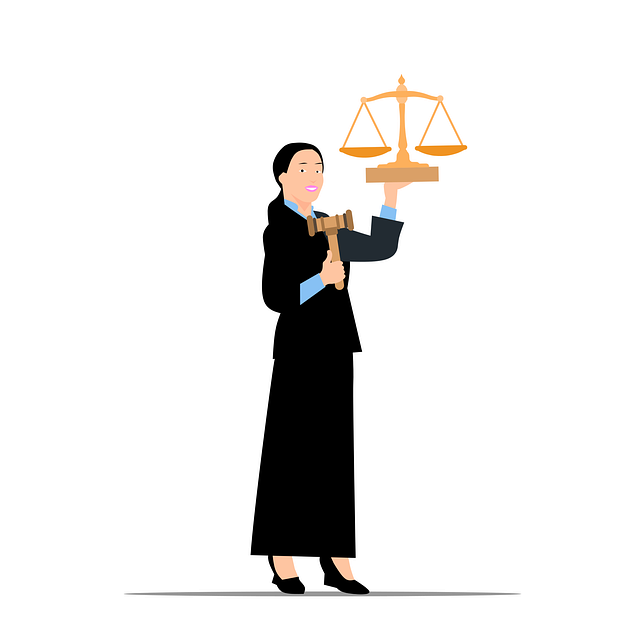Understanding Property Damage DUI (PDDUI) liability is crucial for Recidivism Reduction Strategies. Educating offenders about legal obligations and consequences can deter future impaired driving. Effective strategies include mandatory education, interlock devices, enhanced penalties, random breath tests, support groups, and legal counsel to navigate complex systems and secure fair treatment. Skilled legal help, community service programs, and rehab center alternatives minimize financial strain and recidivism rates, enhancing road safety.
In many jurisdictions, property damage caused by a drunk driver (DUI) carries significant legal and financial repercussions. This article delves into the intricate dynamics of Property Damage DUI Liability, offering insights into how at-risk drivers can navigate this complex landscape. We explore Recidivism Reduction Strategies aimed at curtailing repeat offenses while discussing legal approaches to mitigate financial burdens associated with such incidents. Understanding these aspects is crucial for both defendants seeking recourse and prosecutors striving to enhance road safety.
- Understanding Property Damage DUI Liability
- Recidivism Reduction Strategies for At-Risk Drivers
- Legal Approaches to Minimize Financial Burdens
Understanding Property Damage DUI Liability

Understanding Property Damage DUI Liability is crucial in mitigating recidivism and reducing potential harm. When an individual operates a vehicle while under the influence (DUI), they not only pose a risk to public safety but also bear legal responsibility for any resulting property damage. This liability extends beyond personal injuries and can include compensation for damaged or destroyed property, as well as legal fees and other associated costs.
Effective Recidivism Reduction Strategies involve educating offenders about the full extent of their DUI responsibilities, including property damage liability. By promoting awareness and understanding, these strategies aim to deter future alcohol-impaired driving behaviors. Additionally, they encourage individuals to take proactive steps toward rehabilitation, such as attending support groups or seeking professional help, thereby fostering positive change and reducing the likelihood of reoffending.
Recidivism Reduction Strategies for At-Risk Drivers

Recidivism, or reoffending, among drivers under influence (DUI) is a significant concern. To mitigate this, various strategies have been implemented to aid in their rehabilitation and deter future offenses. One such strategy is mandatory education programs that help drivers understand the impact of their actions and promote responsible behavior. These programs often include counseling sessions and workshops focused on substance abuse, anger management, and decision-making skills.
Additionally, interlock devices installed in vehicles have proven effective. These devices require drivers to pass a breath test before starting the engine, preventing them from driving while intoxicated. Other Recidivism Reduction Strategies involve enhanced penalties for repeat offenders, regular random breath tests, and support groups where individuals share their experiences and offer encouragement. These measures collectively aim to reduce DUI recidivism rates and promote safer roads.
Legal Approaches to Minimize Financial Burdens

Many individuals facing Property Damage DUI (PDDUI) charges often wonder about mitigating their financial burdens. Legal approaches can play a pivotal role in reducing these hardships, especially when focusing on recidivism reduction strategies. By employing experienced legal counsel, defendants can navigate the complexities of the justice system, ensuring they receive fair treatment and potential plea bargains. These tactics might include negotiating with prosecutors to secure reduced charges or sentences, which can significantly lower the associated costs.
Moreover, understanding and leveraging specific laws and policies related to DUI cases can be a game-changer. Some jurisdictions offer programs aimed at helping first-time offenders avoid harsh penalties, including community service or participation in rehabilitation centers instead of imprisonment. Such initiatives are designed not only to reduce financial strains but also to foster personal growth and discourage repeat offenses, thereby breaking the cycle of recidivism.
Understanding and managing property damage DUI liability is crucial in mitigating recidivism rates among at-risk drivers. By implementing targeted Recidivism Reduction Strategies, legal systems can foster a safer environment. This includes exploring innovative legal approaches to minimize financial burdens on both drivers and communities, breaking the cycle of repeat offenses. Through proactive measures and informed decision-making, we can work towards a more responsible and rehabilitated driving culture.






